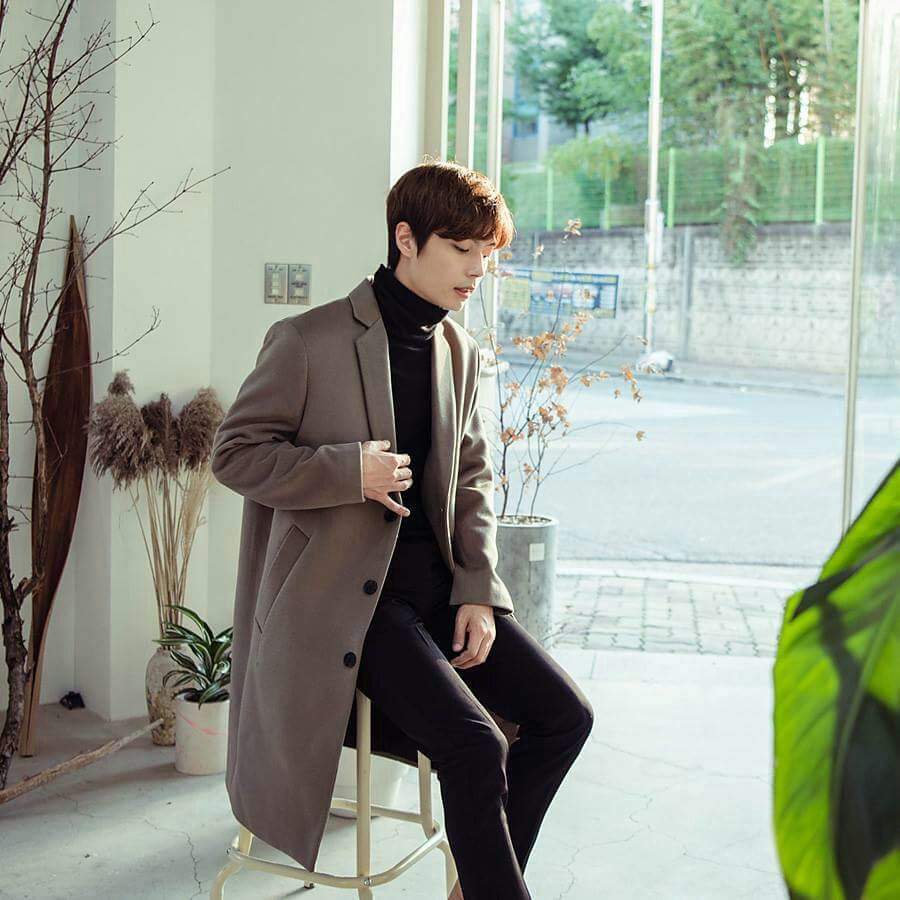


It is only worn these days on rare events or on anniversaries. The traditional Korean outfit is called a hanbok. Local and international consumers have access to Korean fashion and cosmetic products, which are thriving in the cutthroat market thanks to smartphones and internet accessibility. The goods and culture of K-Fashion and K-Beauty have had an effect on the international market since 2000. Blue jeans, T-shirts, and western brands like Reebok became the norm in terms of clothing. As a result of urban modernization, off-the-rack clothing brands, brand-focused shops, and department stores with new and approachable distribution channels all grew as a result.Īnother youth-driven fashion movement featuring casual clothes emerged in the 1980s.
#Korean style drivers#
By the 1970s, there had been a change in the way fashion trends were created, with consumers as the new trendsetters and drivers of fashion rather than designers. The International Western Clothing Company debuted in Seoul in December 1954, offering South Korea’s first fashion instruction. Additionally, the modern fashion industry emerged. By this period, mostly women were still donning hanboks.įollowing the Korean War, the 1950s saw the emergence of novel haircuts, including the crimped hairdo, the popularity of the swimsuit, and more vibrant makeup options that were influenced by the United States. Due to poverty and a lack of fabric supplies, clothing had to be created simply and frequently in dark colours. Fashion developed a more militaristic look during the Second World War that persisted through the war’s conclusion, the liberation of Korea from Japan, and the start of the Korean War. As a result of the Japanese rule of Korea (1910–1945), when the Japanese colonial administration fostered modernization, Koreans began to adopt western fashion around the beginning of the 20th century. Hanboks were common clothing, but the wealthy wore more expensive versions. The Korean hanbok was the standard attire before that, during the Joseon era (1392–1897). Modern South Korean fashion got its start in the late 1800s with the incorporation of western ideas. Likewise, the fashion of South Korea is renowned for being expressive and reflecting an individual sense of self. This is partly due to the growth of beauty bloggers and vloggers other social media platforms and the successful all-encompassing K-Pop festivals.

Young people all over the world are readily consuming Korean fashion and beauty as K-pop and K-dramas gain popularity. Recent years have seen a huge increase in both the domestic and international popularity of modern South Korean fashion and makeup, sometimes known as K-Fashion or K-Style.


 0 kommentar(er)
0 kommentar(er)
